The more you know, the more you like lace front wigs
BY JOO PARK
Just a few years ago, the lace front wig revolutionized the wig industry. Many people rushed to buy the lace front wigs, but the understanding of lace front and accommodating styling techniques did not catch up, leading to a quick dwindling of interest. However, as time passes, consumers better understand the lace front wigs and come to realize their full potential. Let’s find out how to use lace front wigs which get better as you know better.
Just three main categories of lace front wigs
Front lace keeps evolving to have a more natural appearance. Regardless, the basics are mainly three variations: front lace, 360-degree lace, and full lace. Front lace is the most common type of lace front wig, and the lace on the front part, which is the forehead area, is what makes it a lace front.
360-degree lace wigs are often confused with full lace, but 360-degree lace only refers to the lace attached to the edges along the head circumference. These wigs are made to accommodate ponytail hairdos.
Full lace wigs are fully made of lace. You can simply think of handmade wigs. They are hand-tied on lace that lays throughout the entirety of the wig, so they are not only light but also very natural looking. The wider the lace is, the more you need to hand-tie the hair, so more lace typically means more manufacturing cost and a better, natural fit. The manufacturing cost translates to expensive products, which is the drawback of full lace.
Beyond natural, made to perfection
Lace-front wigs are made to allow more natural-looking styles than other wigs have, but nonetheless, early adoptions did not overcome the limits of traditional wigs. Everyone has different skin tones, scalp colors, facial types, and hairlines, which makes it hard to make a one-for-all product.
Consumers and hair stylists alike have been searching for improvements and solutions. You can easily search and learn how to wear a lace front wig and look natural on social media posts and YouTube videos.
Some of the most common hacks are tint and bleach, plucking the hairline, stocking cap method, foam and wrap, and adding an elastic band.
1. Just like my skin color, tint and bleach
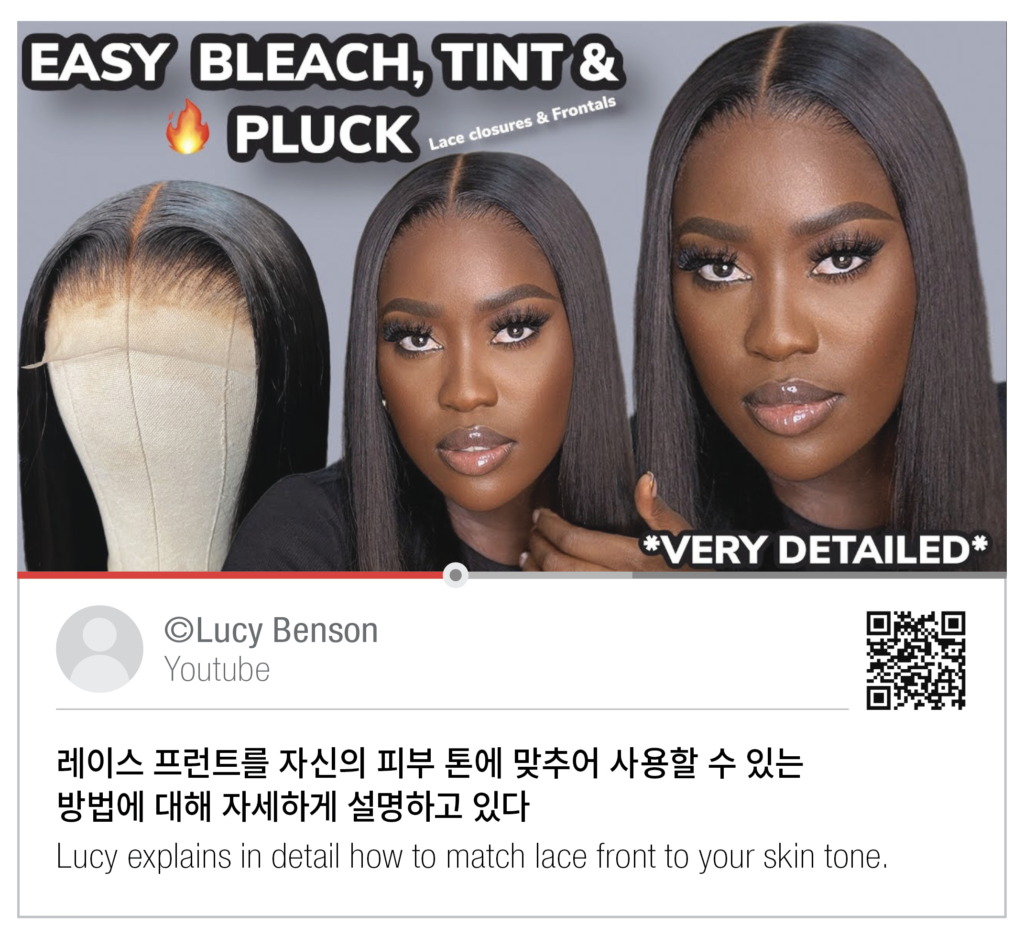
You can tint and bleach lace to make it match your skin tone. You can use powder-type products such as Clairol Professional BW2 Powder Lightener in combination with a volume 30 developer. First, mix them into thick, no-drip consistency, apply on lace using a brush or old toothbrush, and leave it for two minutes before rinsing.
To prevent yellowing of the lace, you can rinse it with neutralizing shampoos such as Clairol Professional Shimmer Lights. After this, you can grab a tint (or a semi-permanent color) that matches your skin color, mix it with hot water, and try the color on a white fabric or paper towel. Now, you can soak your lace into the solution till you get the color you want. Remember, it will get darker if you leave it longer.
2. Pluck the hairline for a natural look
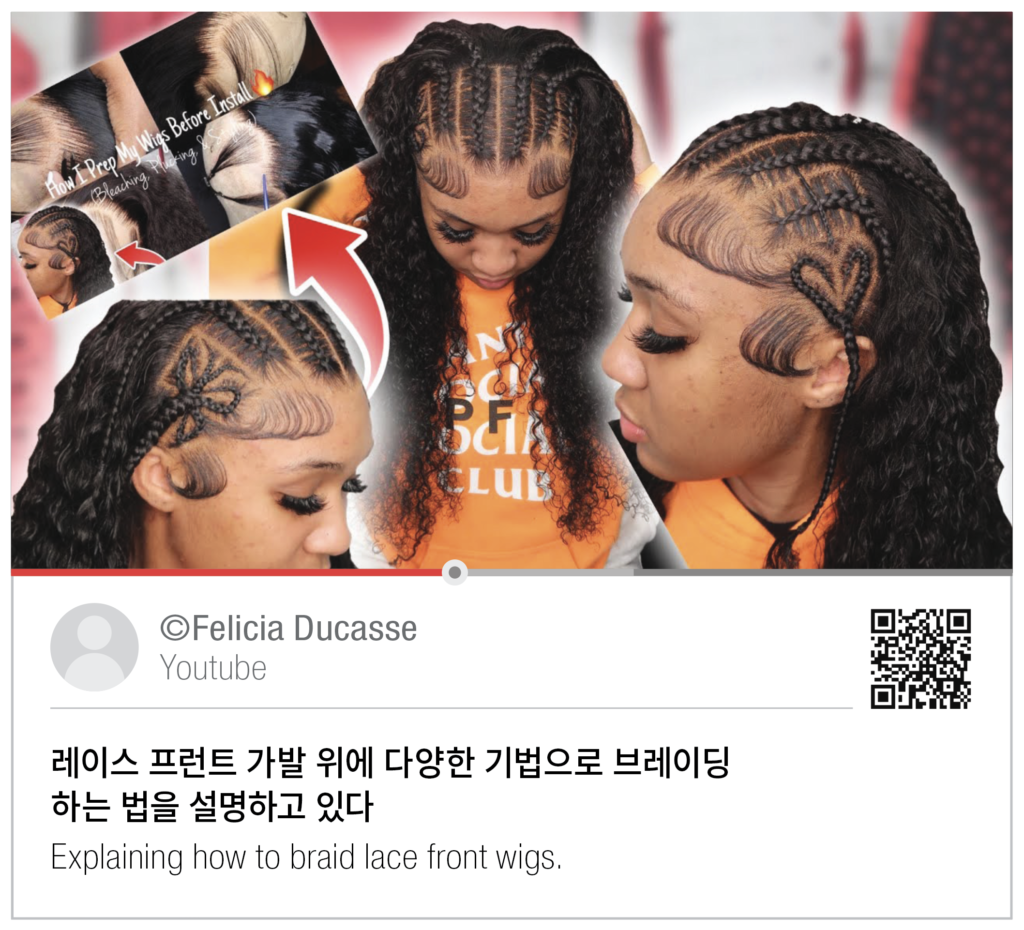
Even though the lace part is hand-tied, it is not going to perfectly match your own hairline.
Lace front wigs have more or less a straight hairline, and you can customize the hairline into the shape that looks natural on your head by plucking the hair. When you pluck hair strands, you should be careful not to tear or make holes in lace by applying too much force. When you pluck a hair strand tied to lace, it is better to pull upward or backward, instead of to the front.
3. Stocking cap method for your natural skin color
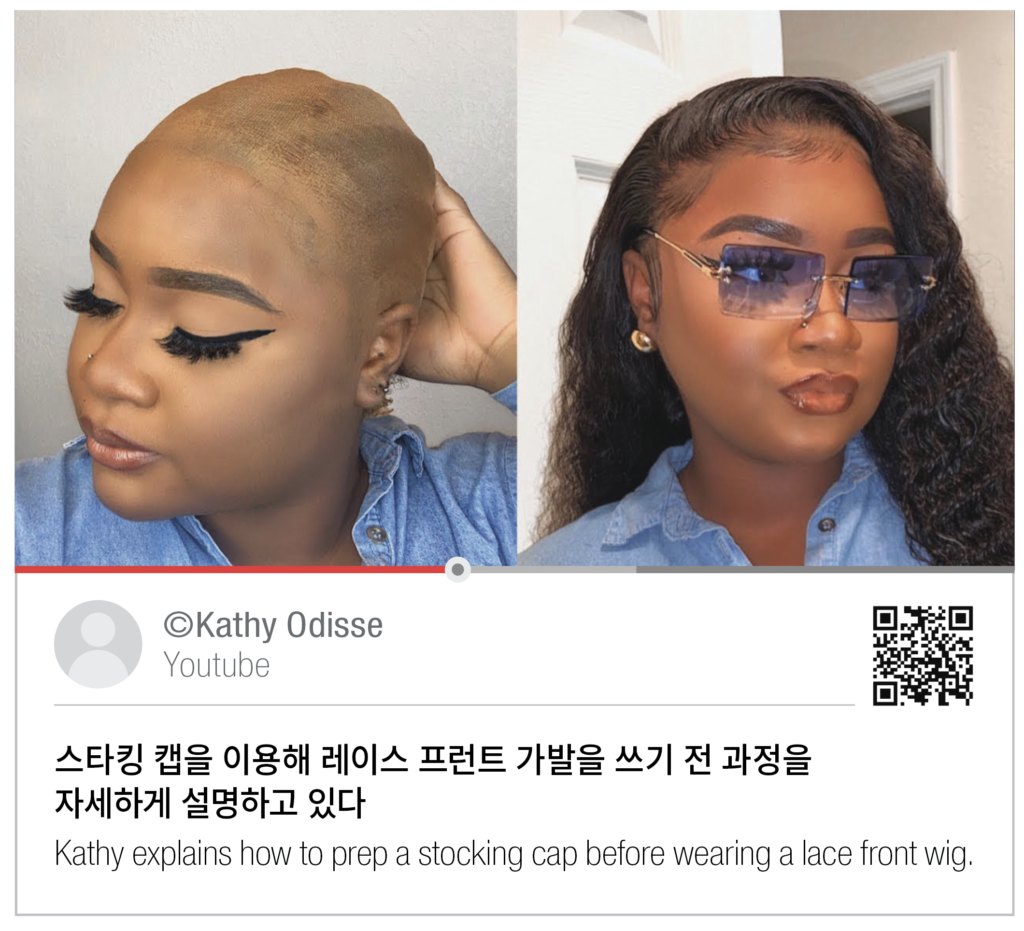
You will utilize the stocking cap for wigs. Pick a light colored stocking cap and apply hair gel or glue on the hairline or the edges of the cap, from the forehead area. Cut out the part that has no glue from the front part, and apply powder or liquid foundation over the whole cap. This prep helps you to have more your own skin-like color on the hair part or along the hairline, resulting in a more natural look overall.
4. For hottest hairline, foam and wrap
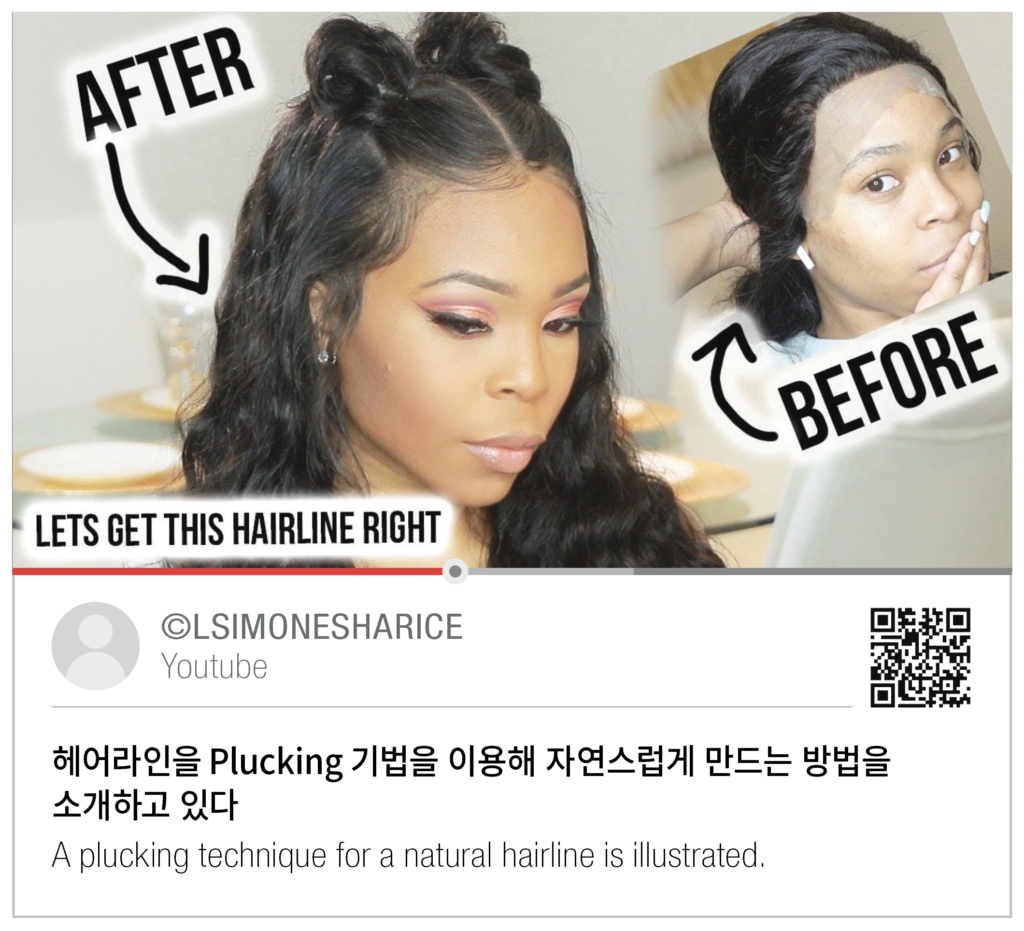
This technique can be used to create a hairline of late trends. First, apply wrapping foam lotion on your hair to style your edge and hairline hair in order to smoothly and naturally attach along the forehead hairline for styling.
Foaming lotions are, unlike gels, soft and flexible enough to style hairline into your preference. Also, it will be easy to take off wigs. After applying foam, you comb hair to style, affix the worked-on area with a satin scarf or something like that, and blow dry.
5. No worries about wigs falling off! Add an elastic band
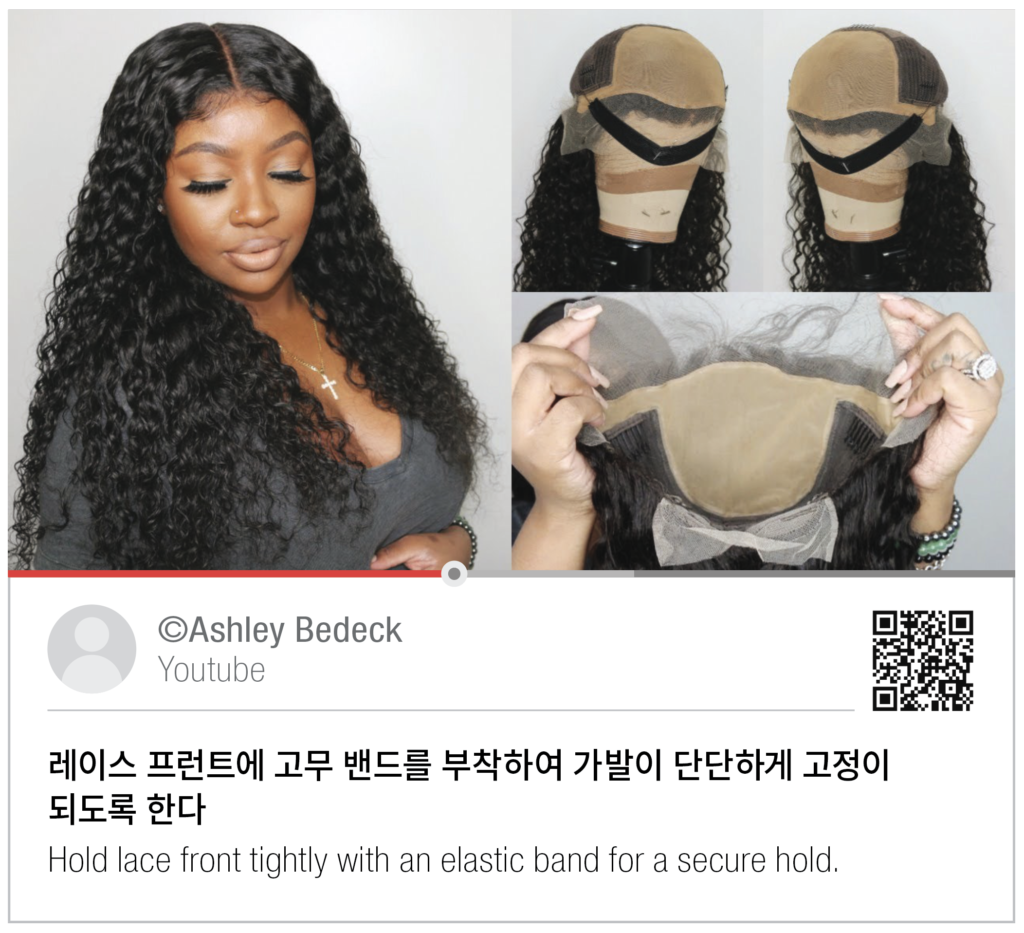
Although lace front wigs have many advantages, the front lace provides weaker security than traditional wigs on your head. When you have vigorous exercise or an active lifestyle, you risk wigs falling off. To prevent wigs from falling off or slipping back, you can add an elastic band over the lace front to create a secure and solid hold.
When the lace part slips backward, your hairline will be exposed to your embarrassment. You definitely want to work in this area. You can buy any bands from Amazon or your local beauty supply store. Measure your head circumference, wear a band and see if the band creates too much tension causing discomfort. Elastic bands will be placed toward the back when you wear a wig. To learn about how to make an elastic band work for your wig, watch the following video.
6. Is it lace front or not? Braiding technique
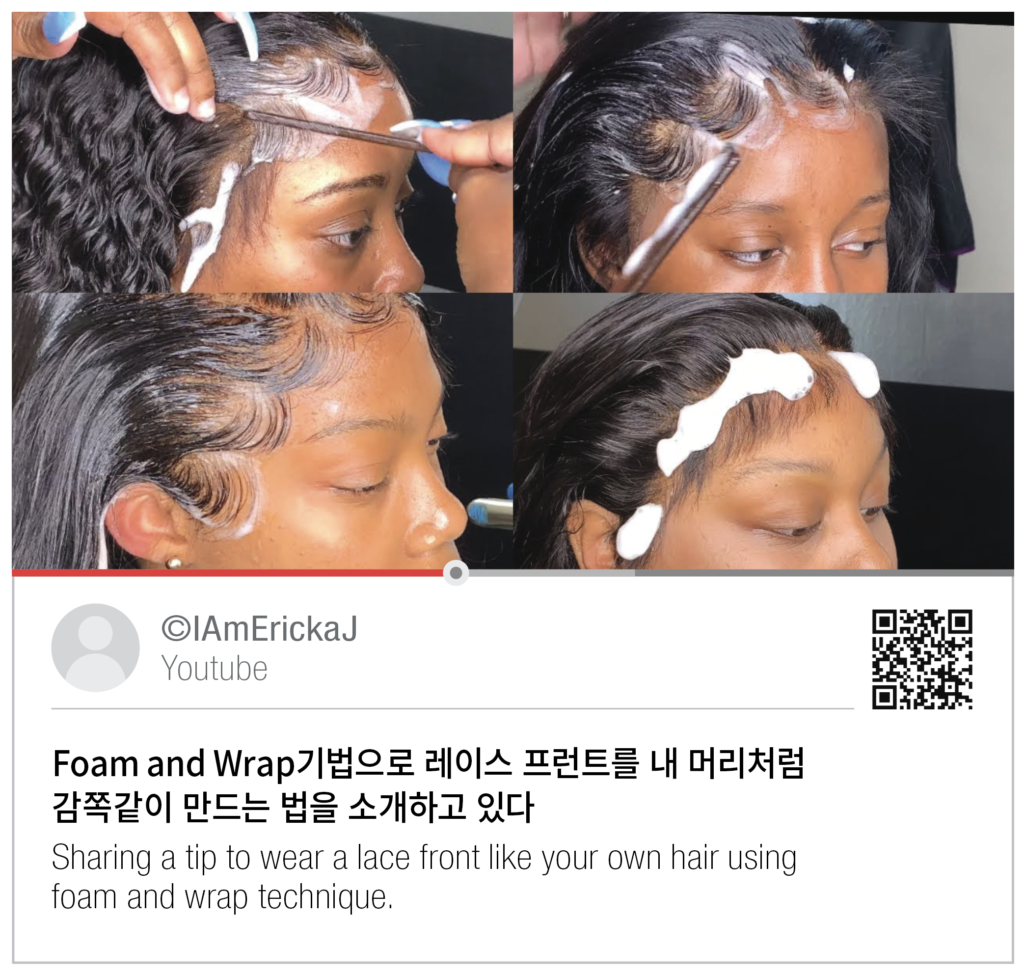
Braiding is not an option for many wigs, but lace front wigs make it possible. Some lace front wigs even come braided. When you braid the lace portion, it is important to make sure there is enough lace in the front so no seams are exposed toward the back. You can use tail combs to divide hair into sections, apply various braiding techniques, and fix braids with a small elastic band. After you’re done with braiding, you can do half-up or ponytails styles per your preference. After completing a style, it is often recommended to apply gel or mousse to affix.